Cobra Suspension combines safety, comfort and driving characteristics into one product. By paying a lot of attention to this, we always know how to achieve the best possible result.
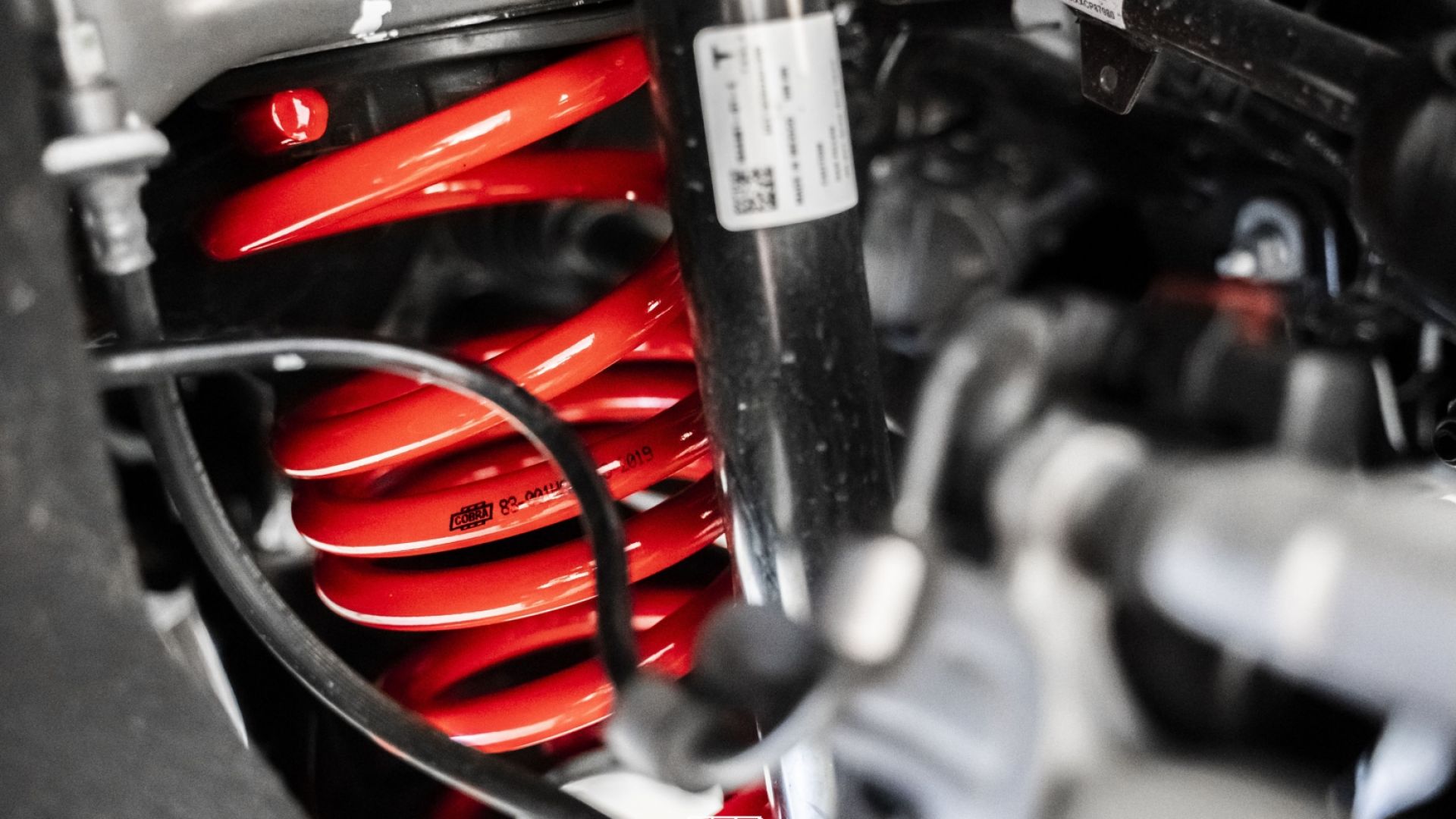
Cobra Suspension uses the manufacturer's original design as our reference design. In most cases, the original springs of a modern car already have a progressive effect. We optimize this design even further when lowering a car. In some cases, we choose to give a spring two spring rates, a so-called 'dual-rate'. These are actually two linear springs with different spring rates in one spring, which, in addition to the original progressive effect of the original spring, work separately from each other.
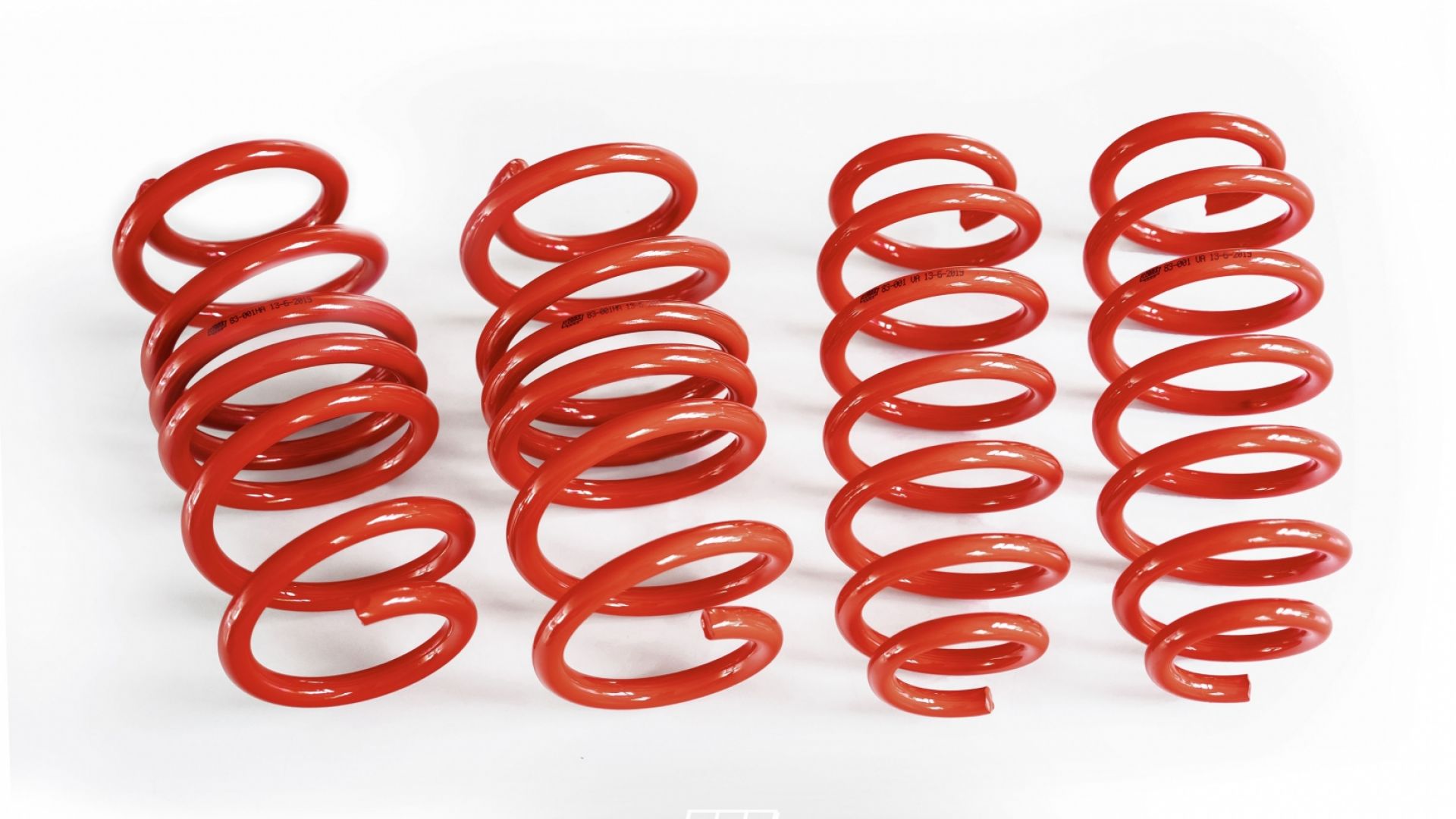
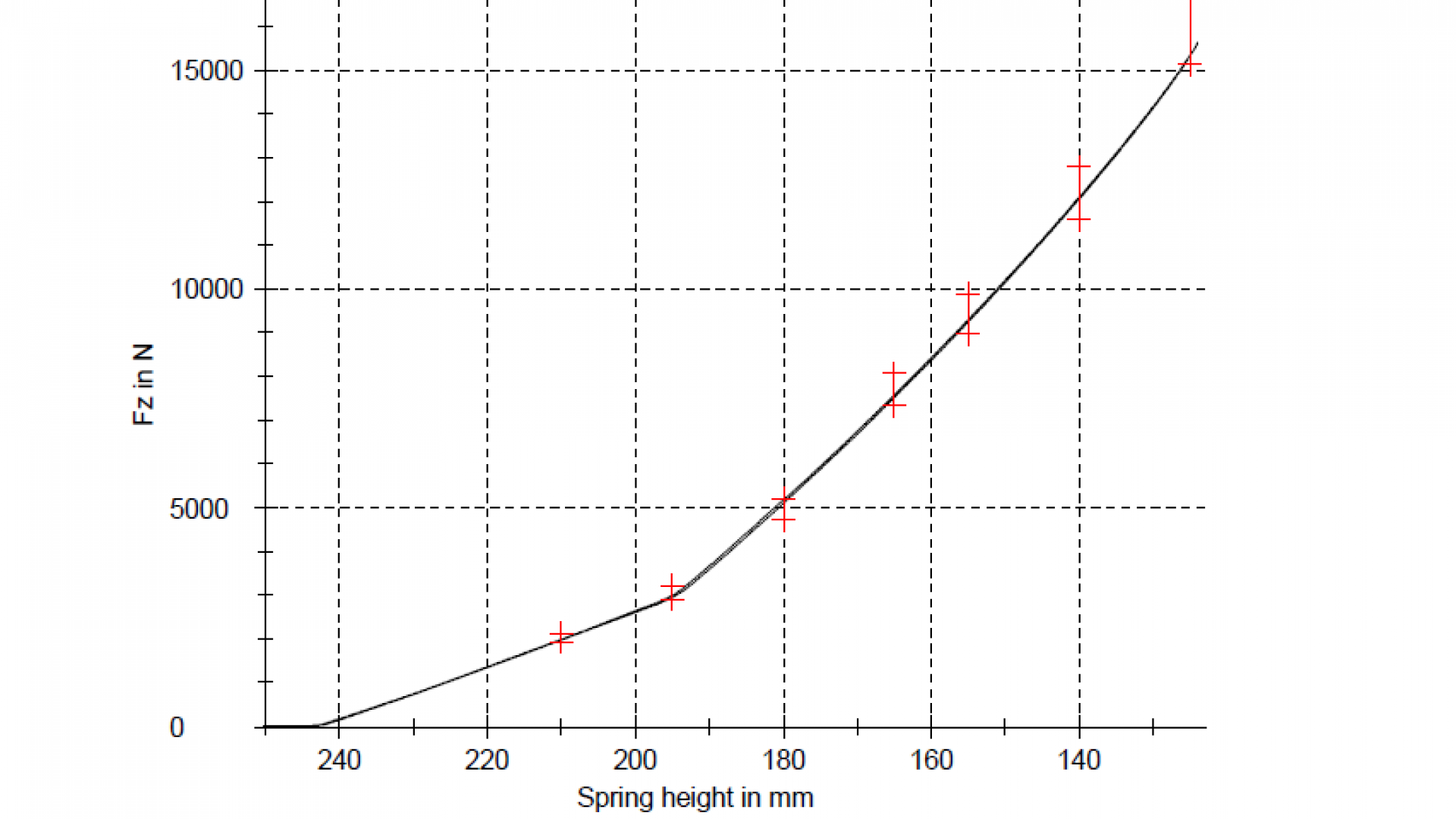
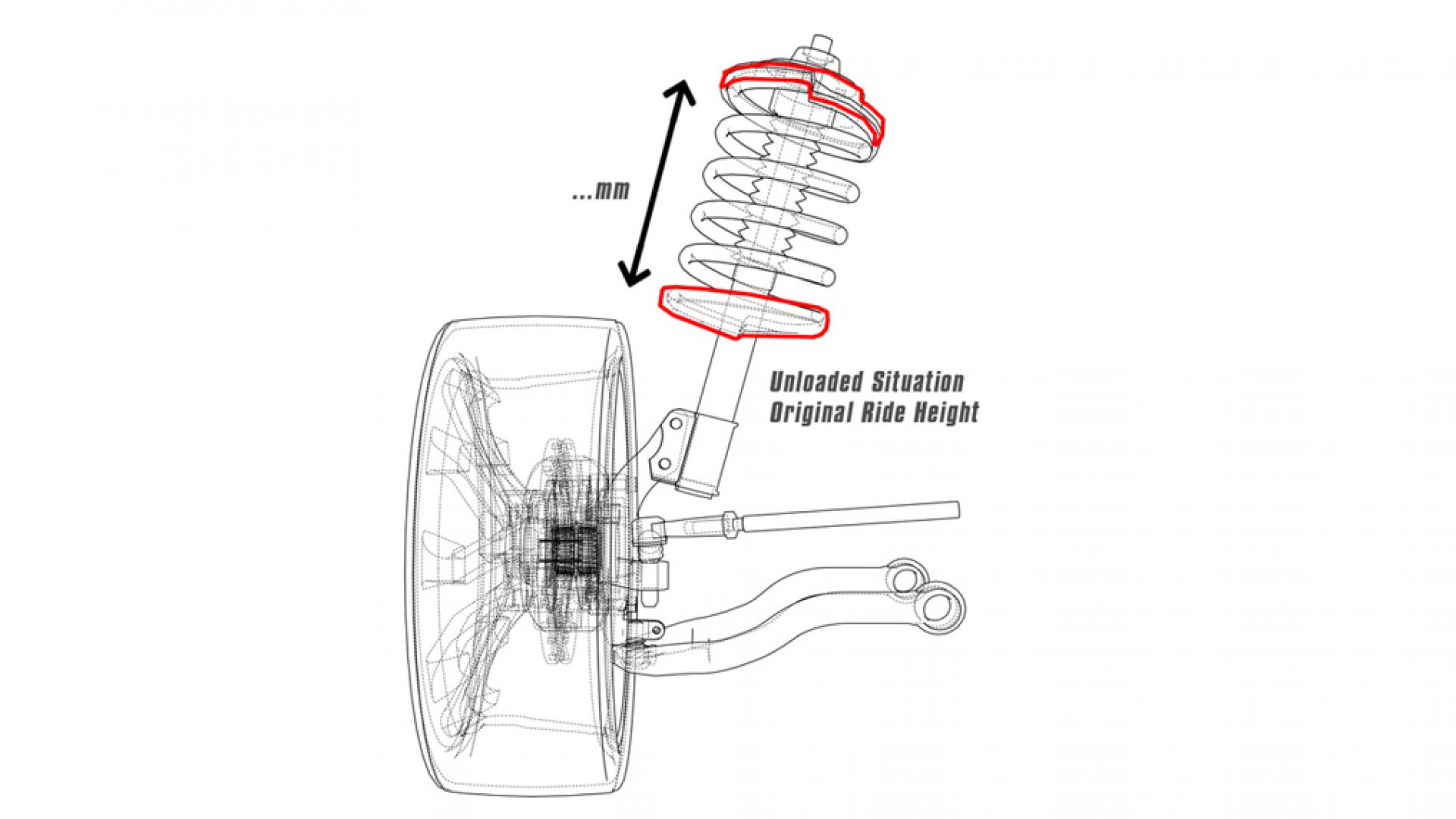
When lowering with a dual rate spring, the lower spring rate causes a number of coils to fully compress under load. This part no longer participates in absorbing bumps, while the second part of the spring becomes the part that is actually absorbing the bumps. When designing the spring, we take a close look at the original character of the car and consider all components that influences the design. The length is important because the spring should not be too short. Also, the spring should not be too soft, because this causes an annoying driving behaviour. The combination of these two design aspects means that in some cases we opt for a dual rate spring. This allows us to lower the car nicely, but also to apply a higher spring rate. The coils with a smaller pitch ensure that there is sufficient pre-load. The coils with a higher pitch provides an appropriate spring rate that makes the car drive well.
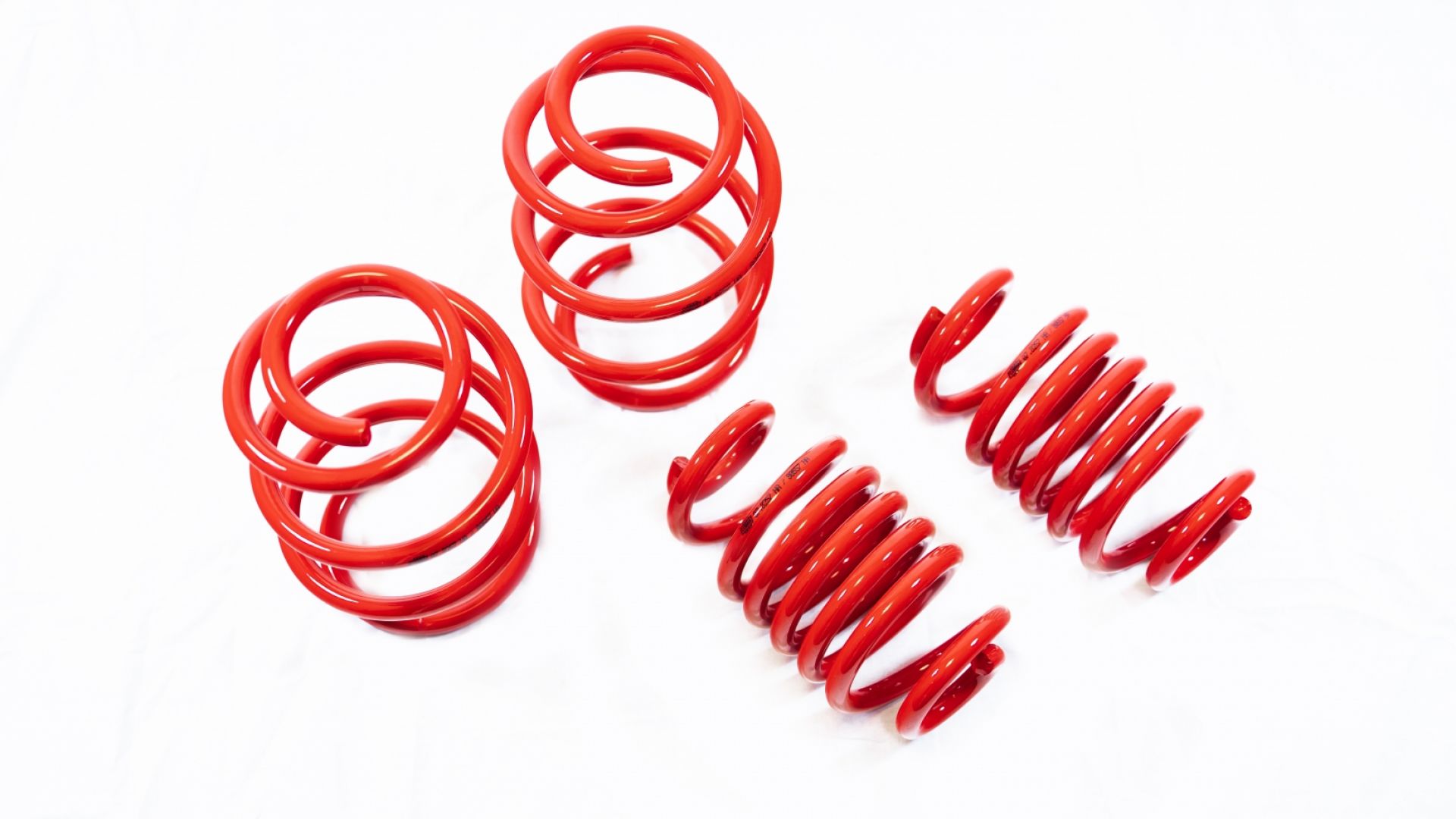

• Lowering without using spring rates that are too soft
• Lowering without compromising on pretension
• Lowering without compromising on safety
• Lowering without shortening the spring too much
• Better handling characteristics
• OE-like comfort characteristics